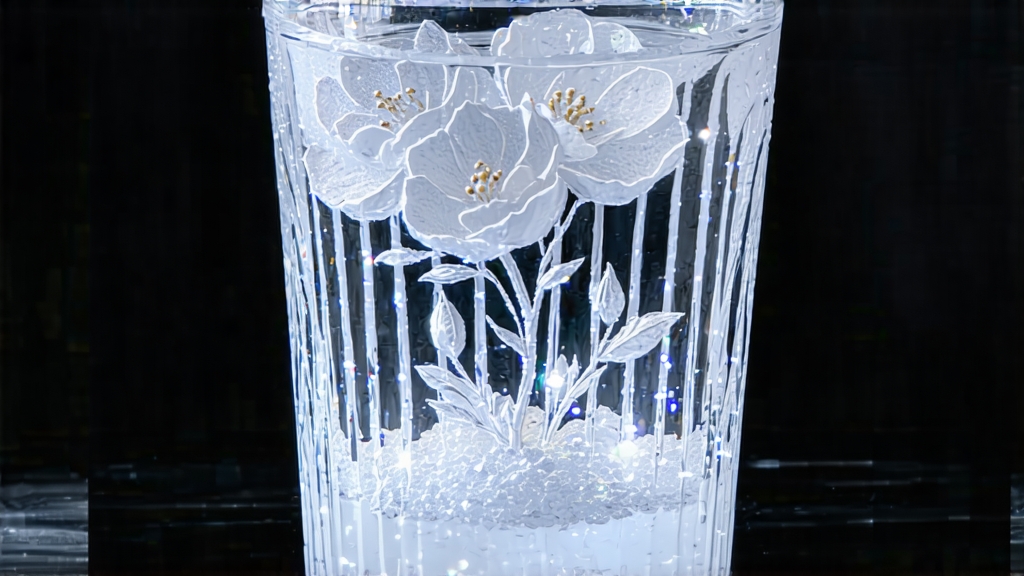
If green tea is the exuberant youth of Chinese tea culture and pu-erh its venerable elder, then Bai Hao Yin Zhen—literally “White Hair Silver Needle”—is the culture’s moonlit poet: quiet, luminous, and seemingly transparent until you lean close enough to hear the verse. Among the six major tea families, white tea is the least manipulated, yet nothing about Yin Zhen is simple. From the mist-veiled gardens of northern Fujian to the gilded tasting rooms of Paris, this single cultivar has carried the reputation of the entire white-tea category on the slenderest of shoulders—two-inch buds so downy they look dipped in frost. Understanding Yin Zhen is therefore a doorway into Chinese aesthetics themselves: restraint as luxury, time as ingredient, and terroir as memory.
Historical Origins: When Song Dynasty Courtiers Coveted “White Down”
The first written record of a “white” tribute tea appears in Song (960-1279) imperial ledgers: small cakes stamped with dragon motifs, manufactured near today’s Zhenghe county. Those cakes, however, were green teas whose leaves had been de-veined and pressed with white steam, a cosmetic rather than chemical whiteness. The bud-only Yin Zhen we recognise today materialised during the late Ming drought of 1796. Legend says a Fuding tea farmer named Wei Mu-niang refused to pluck in the crippling heat until one August dawn when the mountain fog lay so thick it blotted out the sun. She gathered only the unopened buds, laid them on bamboo trays inside a disused Buddhist chapel whose shutters diffused the light, and forgot them for three days while she helped neighbours draw water. On the fourth morning the buds had curled into tiny spears the colour of fresh ivory; when infused they tasted of rainwater, narcissus and warm stone. Imperial merchants later ferried the novelty to Beijing via the Tea-Horse Road, and the Qing court quickly declared it “the gentlest medicine for an overheated emperor.” By 1857 the cultivar now known as Fuding Da Bai Hao—“Big White Down”—was officially propagated in five protected valleys, giving Yin Zhen both a pedigree and a passport.
Micro-Terroirs: Why Fuding’s Granite Air Matters
Chinese tea scientists often describe Yin Zhen as a “three-weather” tea: it needs fog at dawn, sun at noon, and a north-facing breeze at dusk. The Taimu mountain range traps maritime vapor from the East China Sea, creating 78 % average humidity that slows transpiration and keeps buds succulent. Meanwhile the parent rock—coarse granite rich in potassium—radiates heat after sunset, extending the withering window without artificial intervention. Move the same Da Bai Hao bushes fifty kilometres west to Zhenghe’s red sandstone basin and the amino-acid ratio drops 12 %, the down turns beige, and the cup gains a faint metallic edge. Thus authentic Yin Zhen is inseparable from Fuding’s granite air, just as Champagne is inseparable from chalk.
Plucking Discipline: One Bud, No Compass, No Gloves
The picking calendar is brutally short: seven to ten days between Qingming and Grain Rain, when the bud reaches 2.5–3 cm but the first leaf has not yet unfurled. Experienced pickers work without gloves because nylon fibres can snag the fragile down; they pinch exactly at the abscission layer, never pulling sideways, and drop the bud vertically into a rattan basket lined with thin cotton to prevent compression. A seasoned plucker collects barely 500 g of fresh buds per day—enough, after withering and drying, for just 100 g of finished tea. Such parsimony explains why Yin Zhen costs more than its weight in silver during peak spring.
Crafting Silence: The Art of Doing Almost Nothing
Once back at the cottage, the buds are spread on water-reed screens stacked like loose shelves inside a draughty loft. Here the only tools are patience and climate. For 36–48 hours the buds lose moisture in slow motion while endogenous enzymes convert lipids into floral volatiles—linalool, geraniol, hotrienol—creating the tea’s signature “cooling” aroma reminiscent of iced honeysuckle. No pan-firing, no rolling, no shaking; just the whisper of mountain air. When the bud feels leather-tough and exudes a faint milk-s